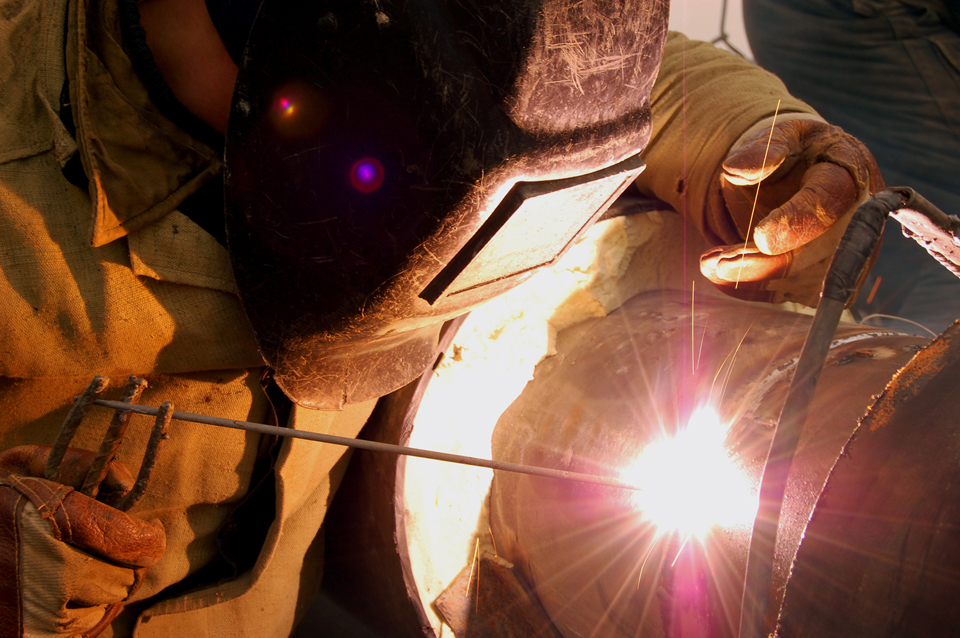Stuart House is a late medieval town house restored by the Stuart House Trust as an arts and heritage centre.
The garden to the rear of the House has been laid out as a 17th century Gentleman's Garden.
The House is used for arts and crafts exhibitions and sales, refreshments, lectures, music recitals and heritage exhibitions.




